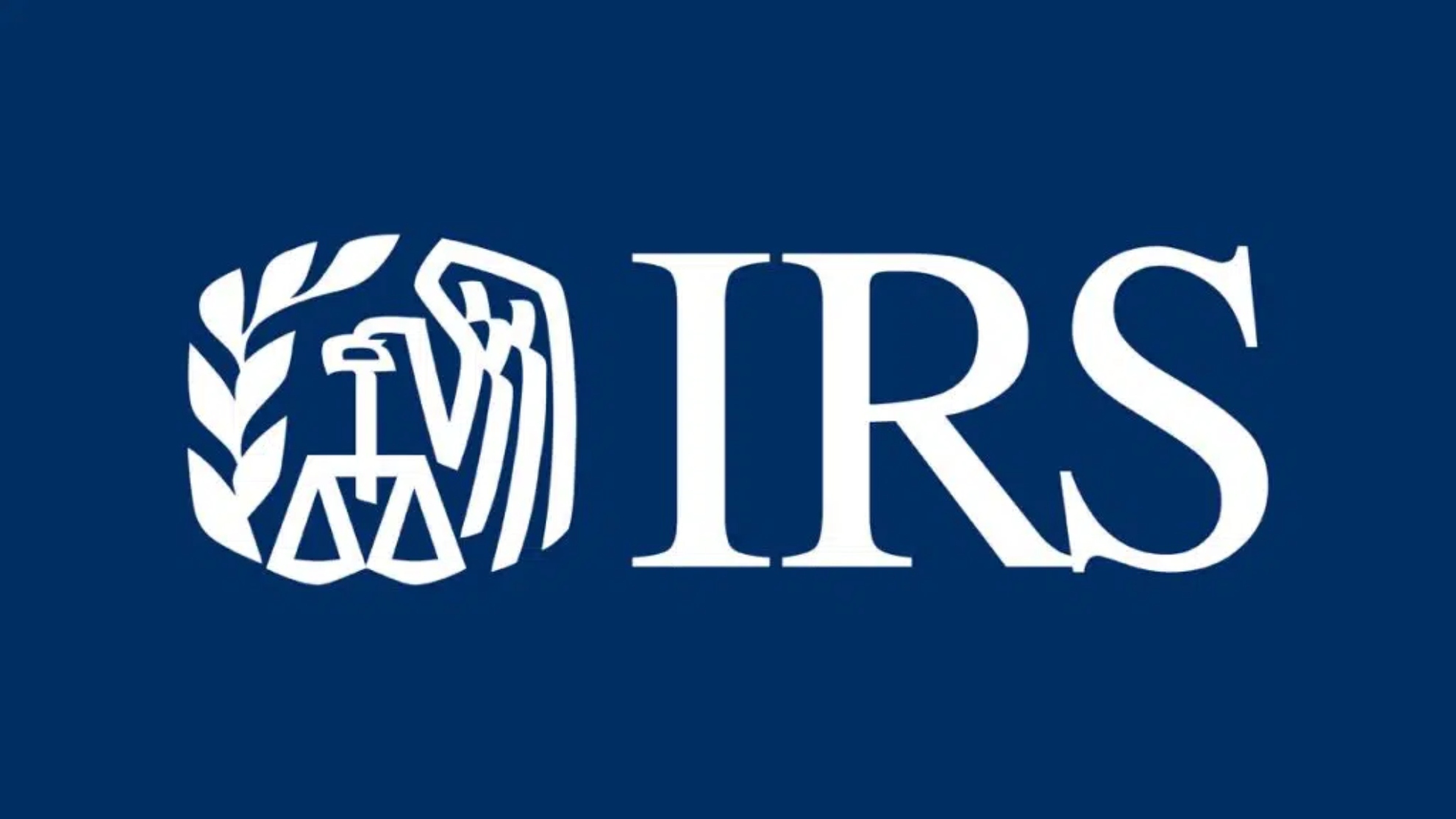An internal report issued by the Treasury Inspector General for Tax Administration (TIGTA) indicates that more US taxpayers are using e-filing to submit their tax returns and that more tax refunds are being issued. By 7 March 2014 more than 90 percent of tax returns had been filed electronically, with more taxpayers using their home computers to send in their returns.
There has also been progress in combating identity theft, with the use of sophisticated filters resulting in the identification of more than 28,000 tax returns that had been completed on the basis of identity theft. The total number of fraudulent returns identified amounted to 57,300 and fraudulent refund claims amounting to USD 385 million had been claimed, most of these being successfully blocked by the IRS.
The IRS publishes on its website a list of the top tax scams attempted by criminals from which it can be seen that the most prevalent form of tax scam is identity theft. Identity theft is commonly used by criminals to gain access to bank accounts or credit cards and it is therefore to be expected that this form of crime is also present in the tax system. Criminals posing as genuine taxpayers often make false claims for tax refunds, resulting in problems for innocent taxpayers and for the IRS.

















